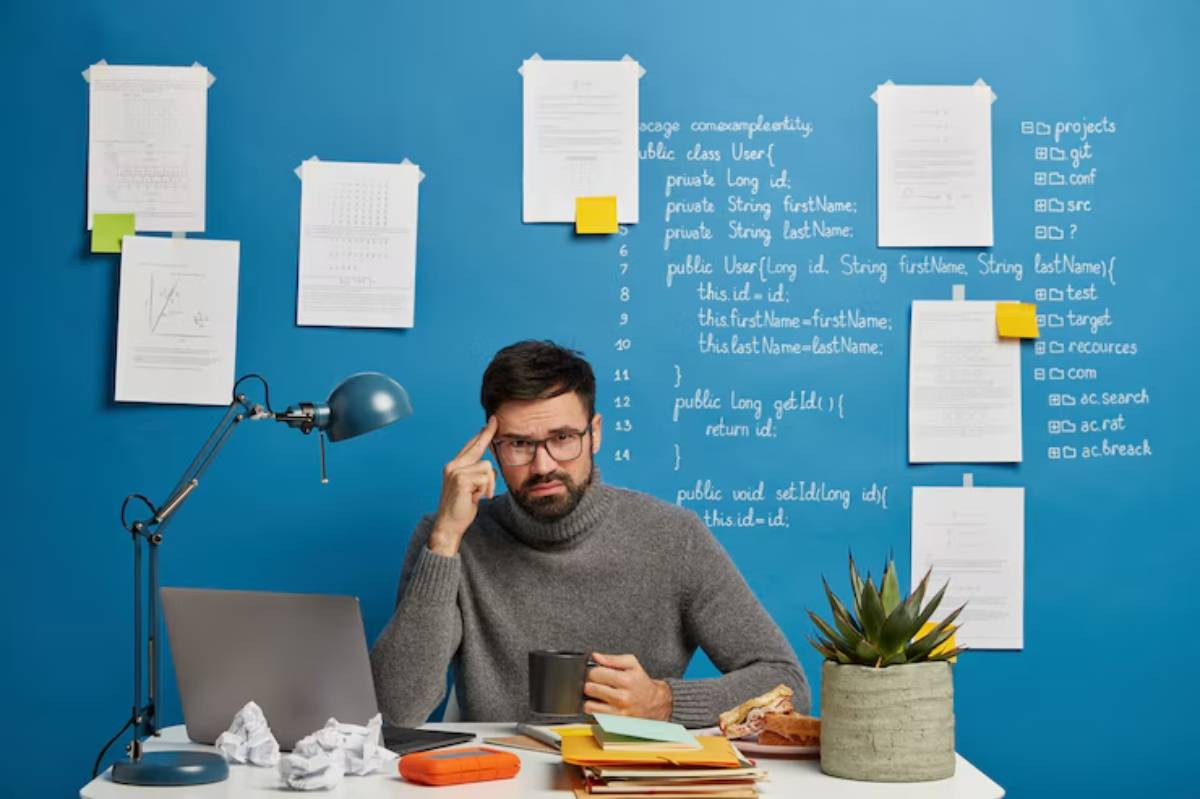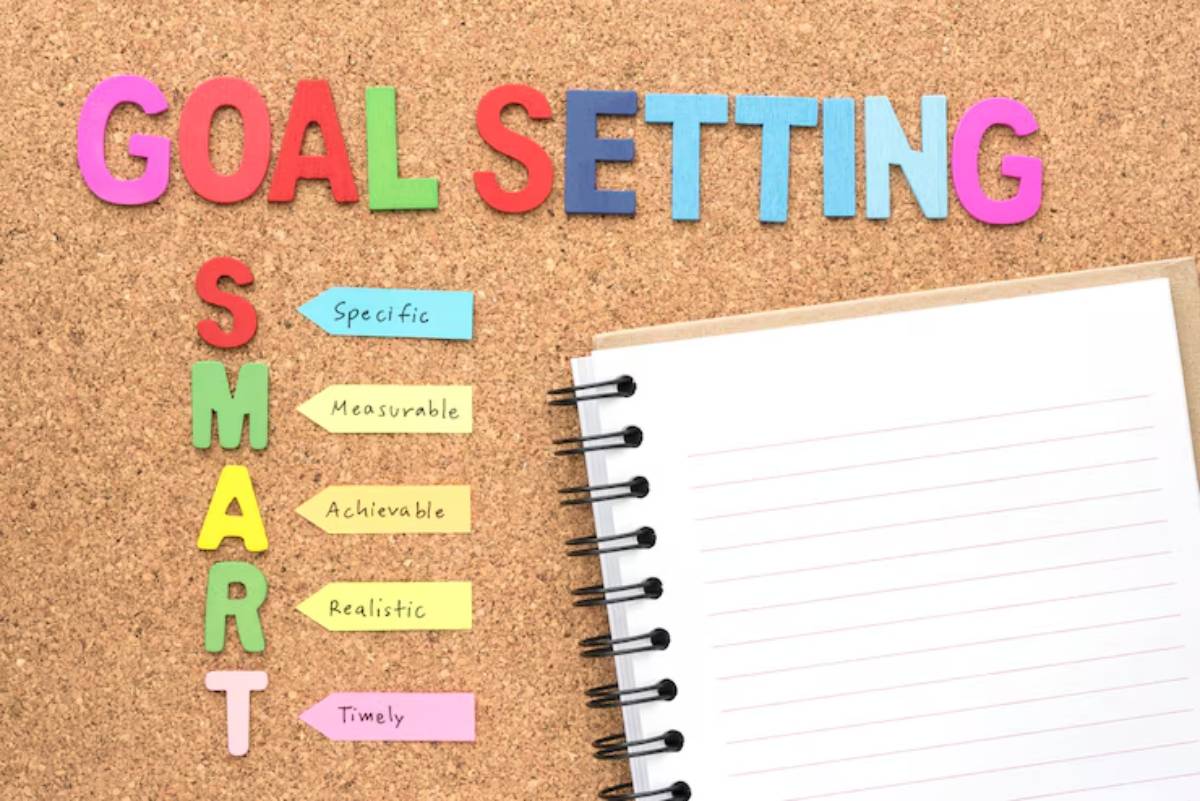The Education Blog

How to Stop Multitasking and Start Finishing Work Faster
Ever find yourself answering a WhatsApp message, switching between three tabs, and scanning lecture notes — all in the space of a minute, only to realise you’ve barely made progress on any of them? You’re not alone.
Multitasking has become the default mode for many students trying to keep up with deadlines, revision, and digital distractions. But here’s the truth: multitasking doesn’t make you more efficient — it actually slows you down.
In this guide, we’ll unpack the difference between focus vs multitasking, share science-backed deep work strategies, and show you how to finish faster as a student by working smarter, not harder.
Understanding the Core: Why Multitasking Doesn’t Work

Multitasking might feel productive, but research shows it’s anything but.
According to a study from Stanford University, people who multitask regularly perform worse on memory tests, have reduced attention spans, and are slower at switching between tasks. What’s worse, they often think they’re being productive, which masks the real problem.
Focus vs Multitasking: The Science Behind It
Multitasking splits your attention and causes “task-switching cost.” Each time you shift from one task to another, your brain requires time to adjust. That adjustment period — however short — builds up, leading to mental fatigue, reduced comprehension, and more mistakes.
In contrast, deep work is defined by Cal Newport as “professional activities performed in a state of distraction-free concentration that push your cognitive capabilities to their limit.” It’s how high performers — from students to CEOs — produce top-tier results in less time.
Important: Your brain isn’t built to handle multiple cognitively demanding tasks simultaneously. It’s wired for focus — and that’s your productivity superpower.
Step-by-Step Guide: How to Stop Multitasking and Embrace Deep Work
1. Identify Your Multitasking Triggers
Start by observing when and how you multitask. It might be checking your phone during reading, jumping between tabs, or listening to music with lyrics while writing.
Pro Tip: Keep a “distraction log” for a day. Write down every time you switch tasks unintentionally — you’ll quickly spot patterns.
2. Set a Clear Daily Goal

Give your brain a target. Define what you want to finish each day, and be specific:
- Bad: “Work on biology homework.”
- Better: “Complete questions 1–10 in Chapter 5 workbook.”
Clarity reduces overwhelm and increases motivation to stay focused.
Secret Tip: Frame your goal around an outcome, not just time spent. E.g., “write 500 words” instead of “work on essay for 1 hour”.
3. Use Time Blocks for Deep Work
Time blocking is one of the most effective deep work strategies. Choose a task, remove all distractions, and set a timer (e.g., 25–90 minutes) to focus solely on that activity.
Common methods:
- Pomodoro Technique: 25 minutes focus, 5 minutes rest
- Ultradian Rhythm: 90-minute deep work, 20-minute break
- 50/10 Split: 50 minutes work, 10 minutes rest
Pro Tip: Start small — one 25-minute focus block per day can kickstart your habit.
4. Create a Distraction-Free Environment

Your environment shapes your habits. Make your space work for your brain.
Checklist:
- Phone on Do Not Disturb or in another room
- Clear desk clutter
- Use noise-cancelling headphones or white noise
- Turn off unnecessary browser tabs or notifications
Important: Environmental tweaks are easier than willpower. Set up your space once, and focus becomes your default.
5. Use Focus Tools and Apps Wisely
Technology can be a productivity drain, but it can also be a powerful ally when used intentionally.
Student favourites:
- Forest App: Grows a tree as you stay focused; leave the app, and it dies
- Freedom or Cold Turkey: Blocks distracting websites or apps
- Notion/Trello: Organise tasks visually to stay on track
Secret Tip: Create a “Focus Playlist” with lyric-free music you only use during deep work. Your brain will begin to associate it with concentration.
6. Batch Similar Tasks Together
Switching between unrelated tasks (e.g., emailing your tutor, writing an essay, and reading research) drains your mental energy.
Instead, group similar tasks into categories:
- Academic writing
- Reading or research
- Admin or communication
- Creative or brainstorming work
Pro Tip: Schedule these categories at the same time each day. Your brain loves routine — it reduces decision fatigue and increases output.
7. Reflect and Review Weekly
Stopping multitasking isn’t just a one-day fix — it’s a mindset shift. Weekly reflection helps you course-correct.
Ask yourself:
- When did I do my best work this week?
- What distracted me most?
- What’s one tweak I can make next week?
Important: Tracking progress builds self-awareness and reinforces the habit of focused work.
Quick Guide: Anti-Multitasking Checklist for Students
- Identify your biggest distraction triggers
- Set one clear daily outcome goal
- Block time for focused, deep work
- Eliminate environmental distractions
- Use focus-enhancing apps mindfully
- Group tasks into focus categories
- Reflect weekly to improve your approach
Best Practices & Additional Insights
Plan Your Day Around Your Energy Peaks
You don’t need to focus all day — just during your best hours. Plan deep work sessions during your most alert times (usually late morning or early evening).
Use Visual Progress Markers
Crossing off a completed task physically (on paper or a digital board) boosts dopamine, keeping you motivated to stay focused.
Set Intentional Breaks
Rest is not a reward — it’s a requirement. Breaks actually enhance your ability to focus later.
Secret Tip: During breaks, avoid dopamine-heavy activities (social media). Try walking, stretching, or quick journaling instead.
FAQs: Focus vs Multitasking for Students
Isn’t multitasking a useful skill in today’s fast-paced world?
Not for deep cognitive tasks. While multitasking may be fine for chores, it reduces performance and learning when applied to academic or analytical tasks.
How long does it take to build a deep work habit?
Research shows it takes around 21–66 days to build a new habit. Start small — 1–2 deep work sessions per week — and increase as you gain confidence.
What if I’m a student with ADHD or attention challenges?
Focus habits still help — but you may need shorter blocks (e.g. 15–20 minutes), more frequent breaks, and visual cues. Tools like timers and checklists are especially effective.
Conclusion: Ditch Distraction, Embrace Completion
You don’t need to work longer — you need to work smarter. By shifting from multitasking to intentional focus, you create space for high-quality work, faster progress, and less burnout.
Mastering focus vs multitasking starts with awareness. With the help of structured deep work strategies, you’ll become a finish faster student who not only completes tasks efficiently but also builds skills that last a lifetime.
Ready to Reclaim Your Focus? Try one deep work session today using a method from this guide. Share your biggest multitasking struggle in the comments or tag a friend who could use a productivity reset. Subscribe for more student-friendly strategies to boost your study game!









